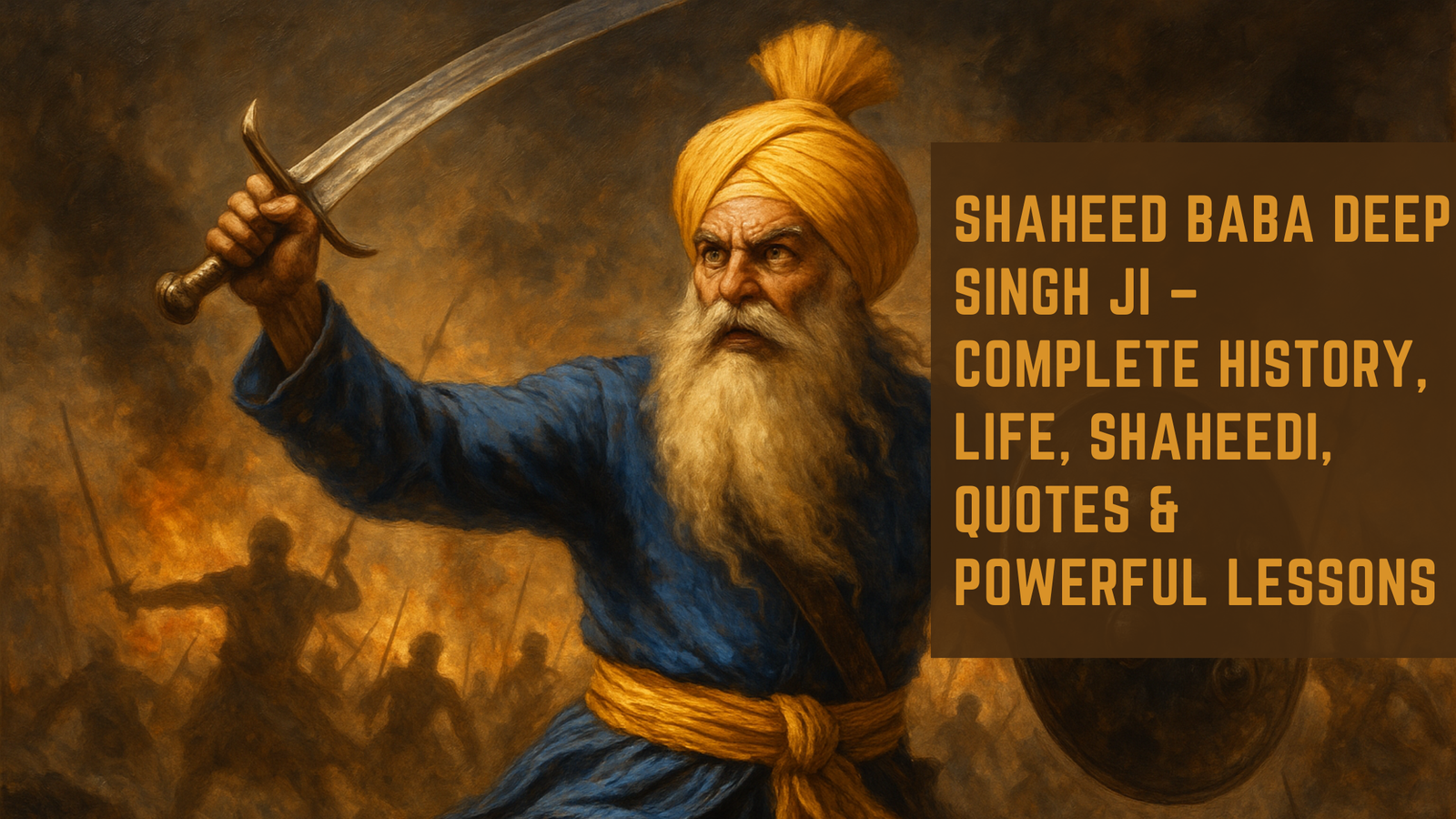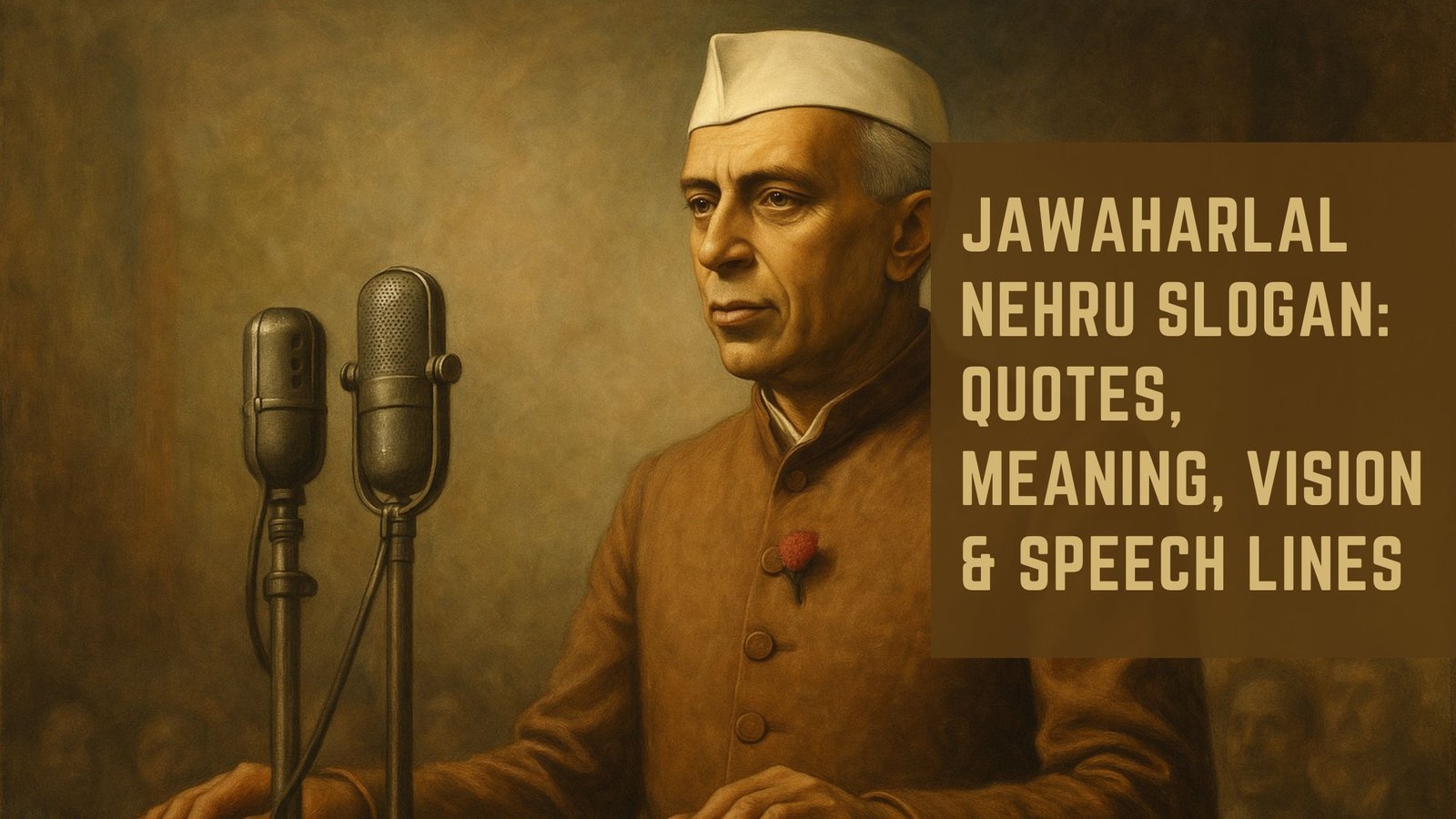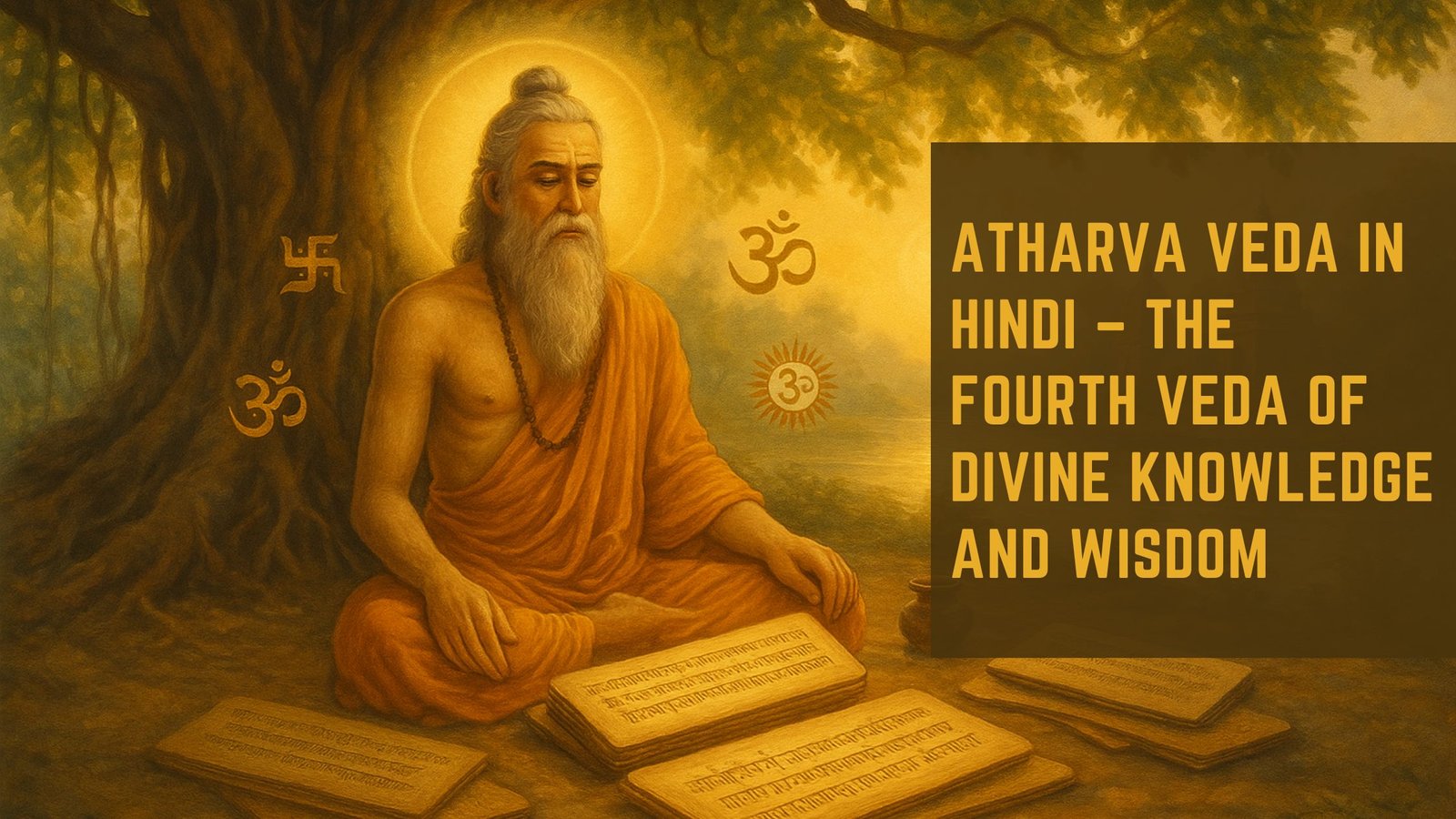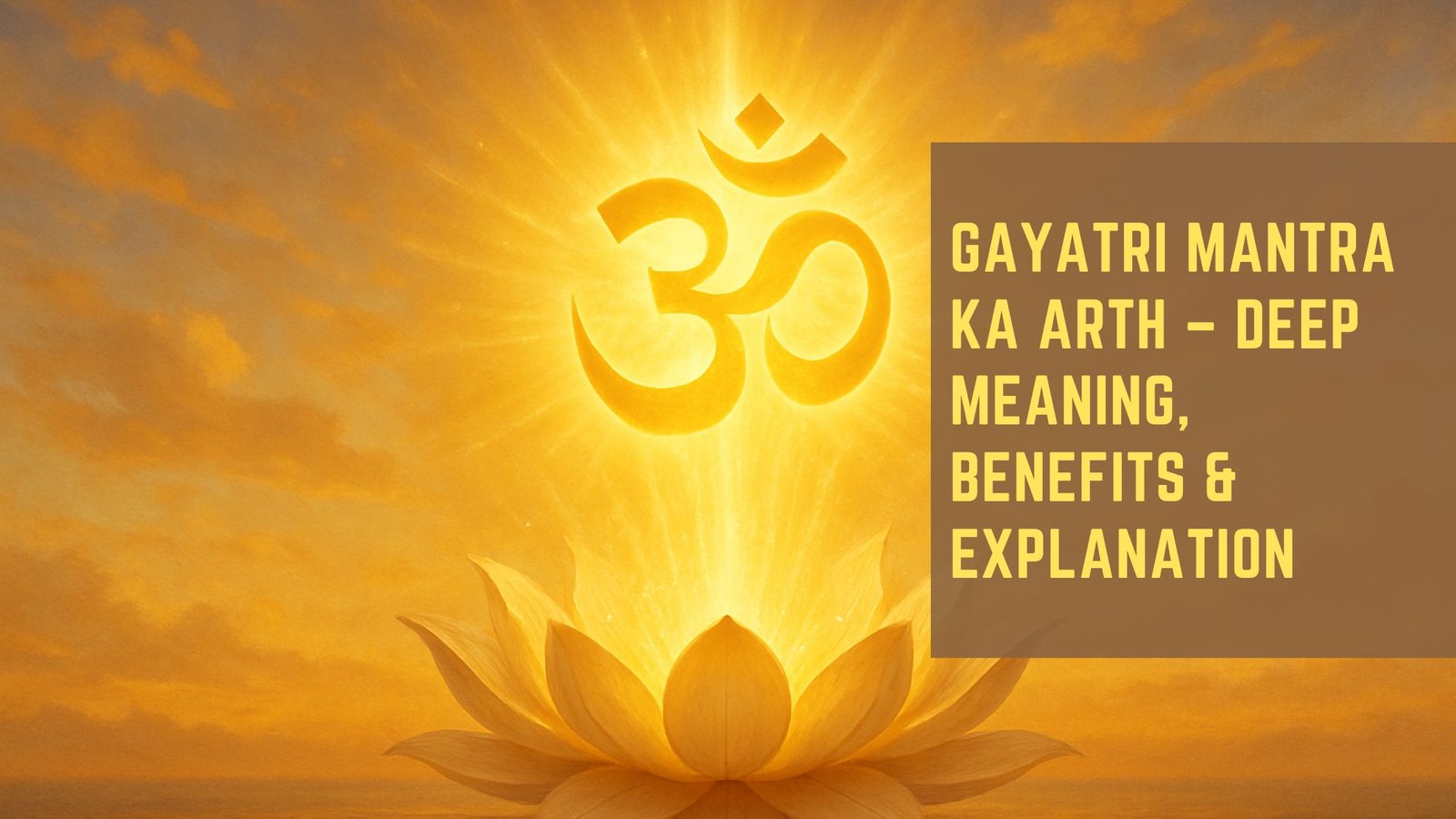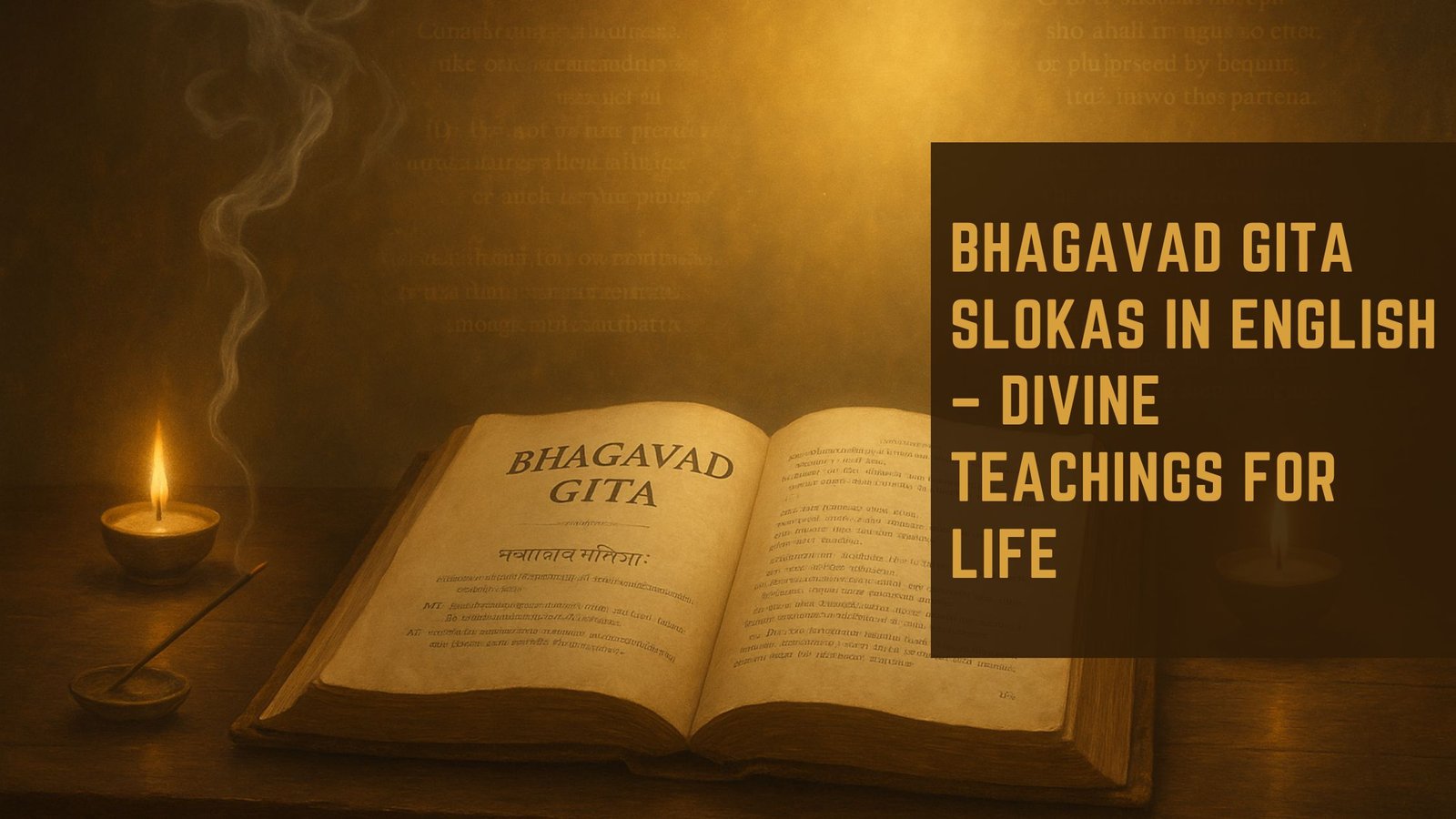The Bhagavad Gita, often referred to simply as the Gita, is a 700-verse Hindu scripture that is part of the Indian epic Mahabharata. It is a sacred text that has transcended time and culture, offering profound insights into the human condition and the nature of existence. The dialogue between Prince Arjuna and Lord Krishna unfolds on the battlefield of Kurukshetra, where Arjuna faces a moral dilemma about fighting in a war against his own kin.
This moment of crisis serves as the backdrop for Krishna’s teachings, which encompass a wide range of philosophical and spiritual concepts. The Gita addresses fundamental questions about duty, righteousness, and the path to spiritual enlightenment, making it a timeless guide for individuals seeking meaning in their lives. The teachings of the Bhagavad Gita have resonated with countless individuals across generations, providing wisdom that is applicable to various aspects of life.
Its exploration of concepts such as Dharma, Karma, and selfless action offers a framework for understanding one’s purpose and responsibilities in the world. As readers delve into its verses, they are invited to reflect on their own lives, confront their inner conflicts, and seek a deeper connection with the divine. The Gita’s enduring relevance lies in its ability to inspire individuals to navigate the complexities of life with clarity and purpose.
Key Takeaways
- The Bhagavad Gita is a sacred Hindu scripture that offers timeless wisdom and guidance for navigating life’s challenges.
- Lesson 1: Dharma is the concept of duty and righteousness, and understanding it is essential for leading a fulfilling life.
- Lesson 2: Embracing selflessness and detachment can lead to a more peaceful and content existence.
- Lesson 3: Meditation is a powerful tool for finding inner peace and connecting with the divine.
- Lesson 4: Cultivating resilience and determination is crucial for overcoming obstacles and achieving success in life.
- Lesson 5: Embracing the concept of Karma helps us understand the consequences of our actions and encourages us to act with mindfulness.
- Lesson 6: Navigating through life’s challenges with wisdom involves making informed and thoughtful decisions.
- Lesson 7: Embracing the path of selfless action can lead to a more meaningful and purposeful life.
- Lesson 8: Finding fulfillment through devotion and surrender involves letting go of ego and connecting with a higher power.
Lesson 1: Understanding the concept of Dharma
Understanding One’s Role in the Grand Tapestry
This concept serves as a reminder that each person has a unique role to play in the grand tapestry of existence, and fulfilling that role is essential for maintaining harmony in both personal and communal spheres. Dharma extends beyond mere duty; it is intricately linked to righteousness and virtue.
Introspection and Self-Awareness
The Gita teaches that understanding one’s Dharma requires introspection and awareness of one’s strengths, weaknesses, and circumstances. This self-reflection enables individuals to recognize their unique role and fulfill their responsibilities with integrity.
Fulfilling One’s Duty with Integrity
Arjuna’s initial reluctance to fight stems from his confusion about what is right and just. Krishna guides him towards recognizing that fulfilling his duty as a warrior is not only necessary for his own growth but also for the greater good. This lesson encourages individuals to reflect on their own responsibilities and to act with integrity, even when faced with challenges that test their resolve.
Lesson 2: Embracing selflessness and detachment

Another profound lesson from the Bhagavad Gita is the importance of selflessness and detachment in one’s actions. Krishna teaches Arjuna that true fulfillment comes not from seeking personal gain but from acting for the benefit of others. This principle of selflessness is rooted in the idea that individuals are interconnected, and by serving others, one ultimately serves oneself. The Gita encourages individuals to cultivate an attitude of giving without attachment to the outcomes of their actions, fostering a sense of inner peace and contentment.
Detachment does not imply indifference; rather, it signifies a deep understanding that one’s identity is not solely tied to their achievements or failures. Krishna advises Arjuna to perform his duties without being swayed by desires or fears. This lesson resonates with modern readers who often grapple with the pressures of success and societal expectations. By embracing selflessness and detachment, individuals can navigate life’s ups and downs with grace, finding joy in the act of giving rather than in the pursuit of accolades.
Lesson 3: Finding inner peace through meditation
| Metrics | Data |
|---|---|
| Number of Participants | 50 |
| Duration of Lesson | 1 hour |
| Participant Satisfaction | 4.5/5 |
| Number of Meditation Techniques Taught | 3 |
Meditation emerges as a vital practice in the Bhagavad Gita, serving as a means to attain inner peace and clarity. Krishna emphasizes the significance of quieting the mind and turning inward to connect with one’s true self. Through meditation, individuals can transcend the chaos of external circumstances and cultivate a sense of tranquility that is independent of worldly distractions.
This lesson highlights the transformative power of stillness and reflection in achieving spiritual growth. The Gita outlines various forms of meditation, encouraging practitioners to find a method that resonates with them. Whether through focused breathing, visualization, or mantra repetition, meditation serves as a tool for self-discovery and enlightenment.
This journey inward not only leads to personal insight but also enhances one’s ability to respond to life’s challenges with equanimity.
Lesson 4: Cultivating resilience and determination
Resilience and determination are essential qualities emphasized throughout the Bhagavad Gita. Krishna instills in Arjuna the importance of steadfastness in the face of adversity. Life is replete with challenges, and it is through perseverance that individuals can overcome obstacles and grow stronger.
The Gita teaches that setbacks are not failures but opportunities for learning and growth. By cultivating resilience, individuals can navigate life’s trials with courage and confidence. Krishna’s teachings encourage individuals to maintain focus on their goals while remaining adaptable to changing circumstances.
This balance between determination and flexibility allows one to pursue their Dharma with unwavering commitment while also being open to new possibilities. The lesson underscores that true strength lies not in avoiding difficulties but in facing them head-on with a positive mindset. By embodying resilience, individuals can inspire others and contribute to a collective spirit of perseverance in their communities.
Lesson 5: Embracing the concept of Karma

Karma, another pivotal concept in the Bhagavad Gita, refers to the law of cause and effect governing human actions. Every action has consequences, shaping an individual’s present and future experiences. Krishna elucidates this principle to Arjuna, emphasizing that one must act with awareness of how their choices impact themselves and others.
This understanding fosters a sense of responsibility and encourages individuals to engage in actions that promote positive outcomes. The Gita teaches that embracing Karma involves recognizing that one cannot control the results of their actions but can influence them through intention and effort. By focusing on performing righteous deeds without attachment to specific outcomes, individuals can cultivate a sense of freedom from anxiety about success or failure.
This lesson empowers readers to take ownership of their actions while also understanding that they are part of a larger cosmic order where every deed contributes to the unfolding of life’s narrative.
Lesson 6: Navigating through life’s challenges with wisdom
The Bhagavad Gita offers invaluable guidance on navigating life’s challenges with wisdom and discernment. Krishna encourages Arjuna to approach difficulties with a balanced mind, recognizing that challenges are an inherent part of existence. Instead of succumbing to despair or frustration, individuals are urged to cultivate a perspective that sees obstacles as opportunities for growth and learning.
This shift in mindset allows one to respond thoughtfully rather than react impulsively. Krishna’s teachings emphasize the importance of seeking knowledge and understanding as tools for overcoming adversity. By cultivating wisdom through study, reflection, and experience, individuals can develop clarity in decision-making.
The Gita encourages readers to trust their intuition while also seeking counsel from those who possess greater insight. This holistic approach empowers individuals to navigate life’s complexities with confidence, transforming challenges into stepping stones toward personal evolution.
Lesson 7: Embracing the path of selfless action
Selfless action is a cornerstone of Krishna’s teachings in the Bhagavad Gita. He advocates for performing one’s duties without attachment to personal gain or recognition. This principle encourages individuals to engage in actions that contribute positively to society while fostering a sense of fulfillment within themselves.
The Gita illustrates that selfless action leads to liberation from the cycle of birth and death (samsara). When individuals act out of love and compassion rather than selfish desires, they cultivate a sense of unity with all beings.
This interconnectedness fosters empathy and understanding, allowing individuals to contribute meaningfully to their communities. The lesson serves as a reminder that true fulfillment arises not from personal accolades but from serving others selflessly.
Finding fulfillment through devotion and surrender
The final lesson from the Bhagavad Gita centers on finding fulfillment through devotion and surrender to the divine will. Krishna teaches Arjuna that true liberation comes from recognizing one’s place within the larger cosmic order and surrendering personal desires for a higher purpose. This act of surrender does not signify weakness; rather, it embodies strength through trust in divine guidance.
Devotion is portrayed as a powerful force that can lead individuals toward spiritual awakening. By cultivating love for God or a higher power, individuals can transcend their limitations and experience profound joy and fulfillment. The Gita encourages readers to engage in practices such as prayer, worship, and contemplation as means of deepening their connection with the divine.
Through devotion and surrender, individuals can find peace amidst life’s uncertainties, embracing each moment as an opportunity for growth on their spiritual journey. In conclusion, the Bhagavad Gita offers timeless lessons that resonate deeply with individuals seeking meaning in their lives. From understanding Dharma to embracing selflessness, meditation, resilience, Karma, wisdom, selfless action, devotion, and surrender—each teaching provides valuable insights into navigating life’s complexities with grace and purpose.
As readers engage with these teachings, they are invited to embark on their own journey toward self-discovery and spiritual enlightenment, ultimately finding fulfillment in their unique paths within the grand tapestry of existence.
If you are interested in delving deeper into the wisdom of the Bhagavad Gita and exploring its relevance in modern life, you may want to check out the article The Bhagavad Gita: Timeless Wisdom for Modern Life. This article discusses how the teachings of the Gita can be applied to our daily lives and offers insights on how to navigate the challenges of the modern world using the timeless wisdom of this ancient text.
FAQs
What is the Bhagavad Gita?
The Bhagavad Gita is a 700-verse Hindu scripture that is part of the Indian epic Mahabharata. It is a sacred text of the Hindu religion and is considered one of the most important spiritual classics.
What are some of the key lessons from the Bhagavad Gita?
Some of the key lessons from the Bhagavad Gita include the importance of fulfilling one’s duty (dharma), the concept of selflessness, the idea of detachment from the fruits of one’s actions, and the importance of maintaining equanimity in the face of success and failure.
What is the significance of the Bhagavad Gita?
The Bhagavad Gita is considered a timeless guide to leading a fulfilling and meaningful life. It addresses the moral and philosophical dilemmas faced by individuals and provides guidance on how to navigate through life’s challenges.
Who is the author of the Bhagavad Gita?
The authorship of the Bhagavad Gita is traditionally ascribed to the sage Vyasa, who is also credited with composing the Mahabharata.
What are some of the key themes in the Bhagavad Gita?
Some of the key themes in the Bhagavad Gita include the nature of the self, the concept of duty, the nature of reality, the path to spiritual liberation, and the importance of devotion to God.
How is the Bhagavad Gita relevant today?
The teachings of the Bhagavad Gita continue to be relevant today as they provide timeless wisdom on how to live a purposeful and fulfilling life, navigate through moral and ethical dilemmas, and attain spiritual growth and self-realization.
What are some popular translations of the Bhagavad Gita?
There are several popular translations of the Bhagavad Gita, including those by Swami Sivananda, Swami Prabhupada, Eknath Easwaran, and Swami Vivekananda.
What is the central message of the Bhagavad Gita?
The central message of the Bhagavad Gita is the importance of fulfilling one’s duty (dharma) without attachment to the results, and the path to spiritual liberation through selfless action and devotion to God.
How has the Bhagavad Gita influenced other religious and philosophical traditions?
The Bhagavad Gita has had a significant influence on various religious and philosophical traditions, including Hinduism, Buddhism, Jainism, and Sikhism. Its teachings have also inspired numerous spiritual leaders, philosophers, and thinkers around the world.
What is the historical and cultural context of the Bhagavad Gita?
The Bhagavad Gita is set in the context of the Kurukshetra War, a great battle between two groups of cousins, the Pandavas and the Kauravas. It is presented as a conversation between the prince Arjuna and the god Krishna, who serves as his charioteer and spiritual guide.

